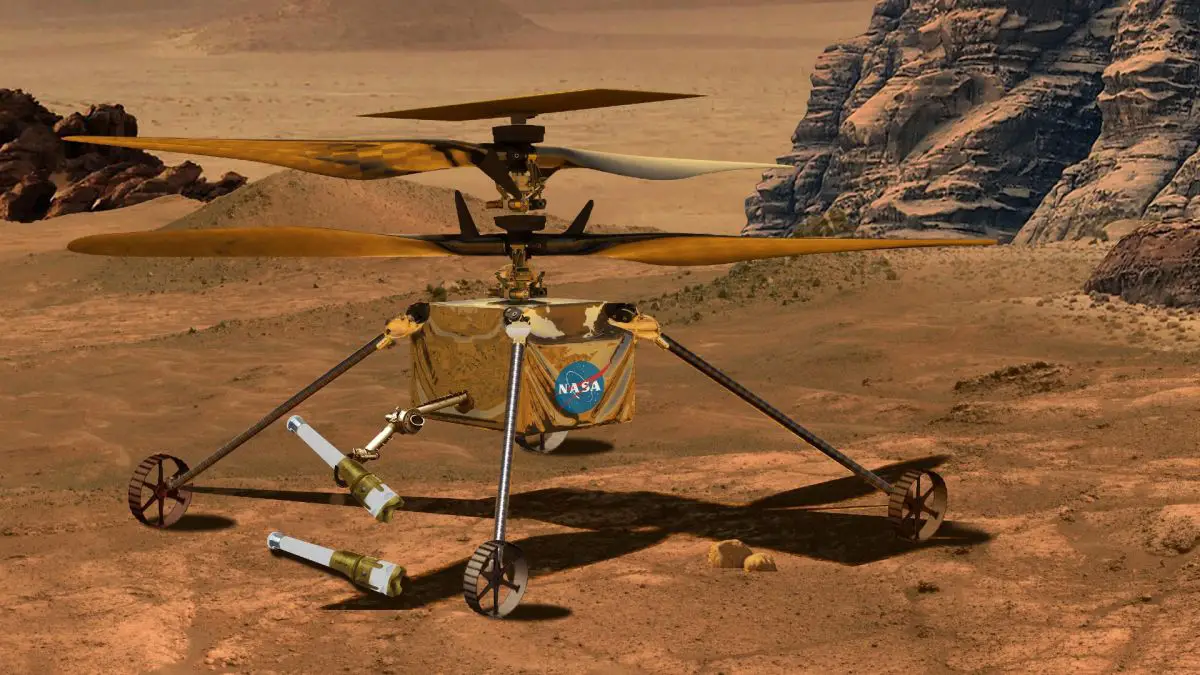In an attempt to get rocks and soil samples from Mars back to Earth, NASA is sending two additional miniature helicopters into Mars orbit. According to the Wednesday-announced plan, NASA’s Perseverance rover will serve a dual purpose and deliver the cache to the rocket that will carry them off the red planet in ten years.
11 samples have already been collected by Perseverance, and additional rock drilling is planned. Meenakshi Wadhwa, head scientist for the recovery mission at Arizona State University, claimed that the most recent sample, a sedimentary rock, had the best chance of holding potential proof of ancient Martian life.
She remarked that she was “very enthusiastic about the possibilities for bringing things back” and that there was “a range of materials already in the bag, so to speak.” If Perseverance fails, the samples would be loaded onto the rocket using the two helicopters that are being developed and launched later this decade.
The helicopters will be based on NASA’s successful Ingenuity, which has flown 29 times since landing on Mars with Perseverance in early 2013. The helicopter only weighs 4 pounds (1.8 kilograms). The updated models would come with wheels and grappling hooks.
Perseverance’s outstanding performance on Mars, according to NASA officials, convinced them to abandon their original intention to deploy a second fetch rover. The alternative course of action, according to Jeff Gramling, head of NASA’s Mars sample return program, is easier. One sample tube at a time will be lifted by each helicopter, which will make many back and forth journeys.
Gramling said, “We have faith that Perseverance will get the samples home, and we’ve added the helicopters as a backup method. On the recovery mission, NASA and the European Space Agency are working together. If all goes according to plan, up to 30 samples might launch from Mars in 2031 and land on Earth in 2033. To determine if any material has indications of microorganisms that could have been on Mars when water may have flowed on the planet billions of years ago, a lab examination is required.
ExoMars’ stranded rover cannot be modified to assist in the recovery of these materials, according to David Parker, the ESA’s director of human and robotic exploration. Due to the conflict in Ukraine, Russia and Europe severed relations with the project, and it was then put back in storage. The rocket trip was meant to come from Russia. Parker indicated that a decision about the rover’s launch window to Mars later this decade won’t be made until late autumn.
Source: NASA, PBS.Org

